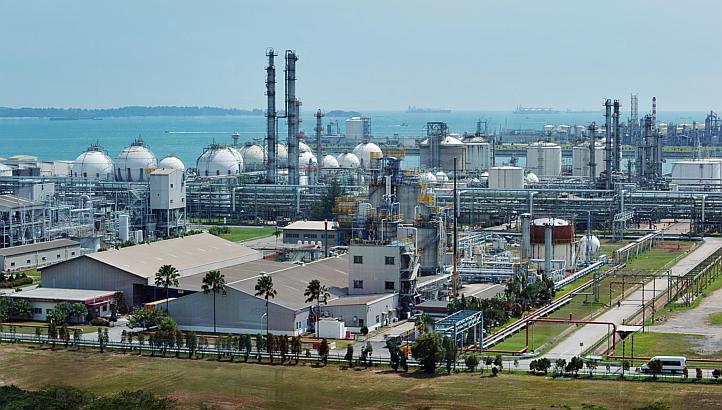I started focusing on Singapore more than a year ago, and I’ve been continually impressed at how the country is continuing to develop. This is especially true for the oil industry, which accounts for 5% of Singapore’s GDP—a high percentage for a country with no significant oil and gas resources of its own.

Although Singapore has very little indigenous oil and gas resources, its strategic position in the region has made it one of the top three refining centers in the world. And the potential is still growing: Today, there’s already a greater demand for energy resources in the region than when I moved here.

